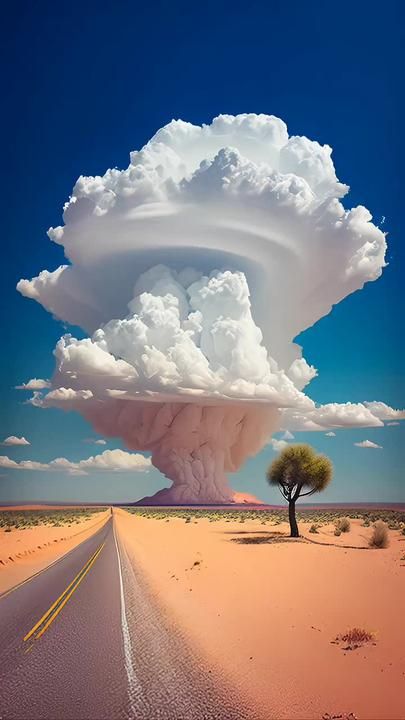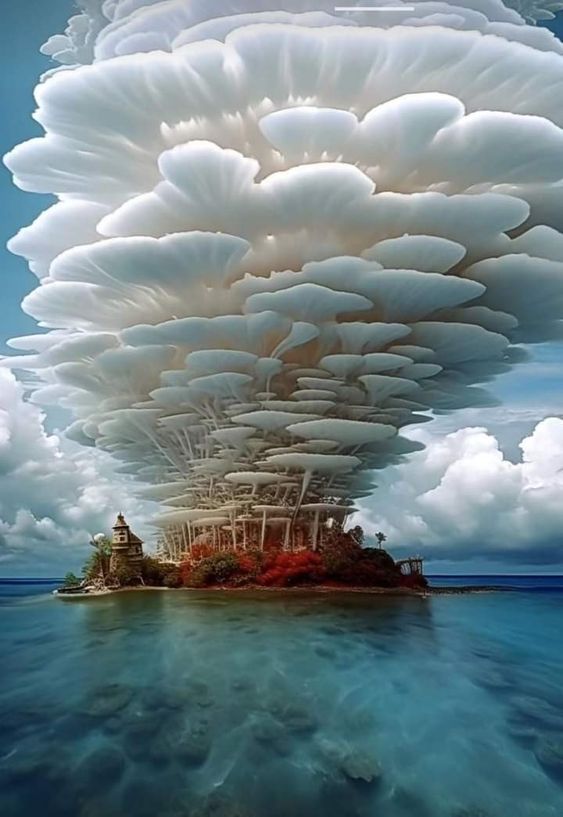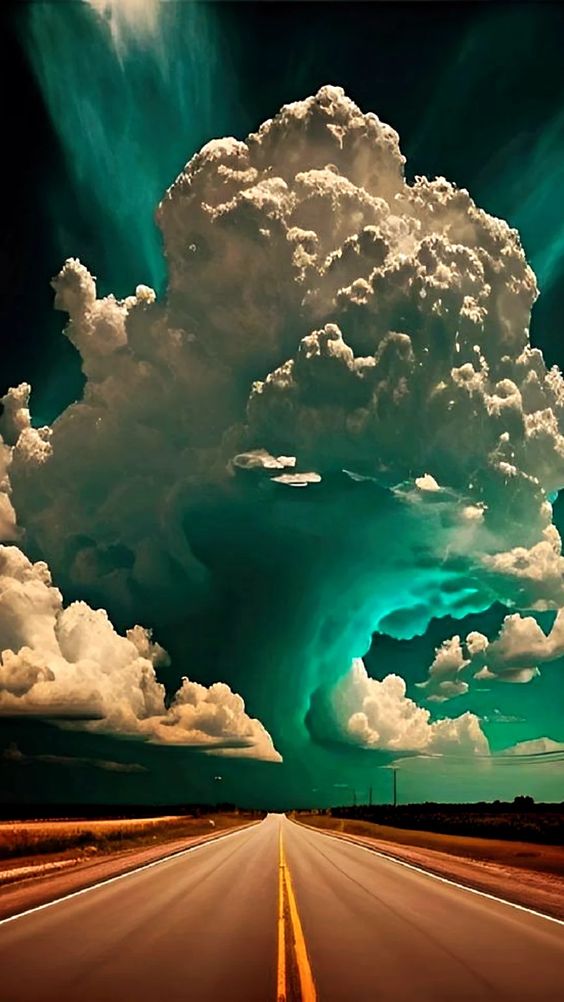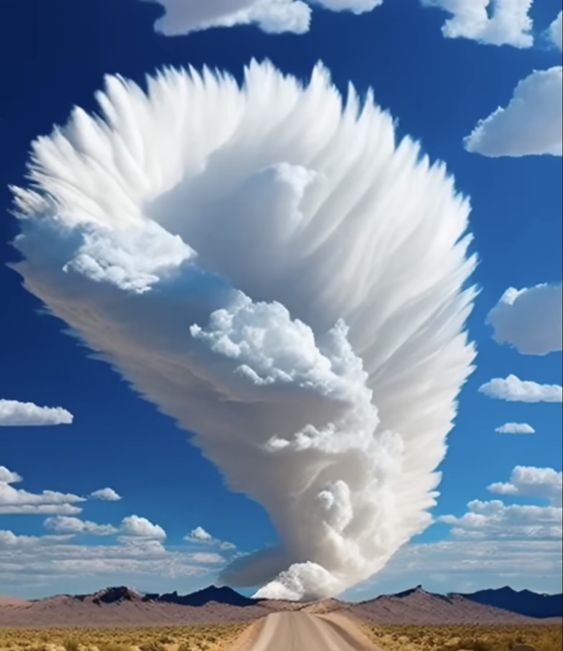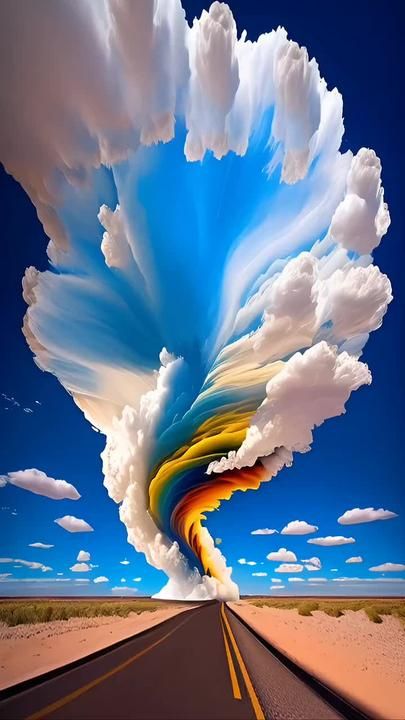Nature gives us enchanting things and the formation of clouds
Nature has a remarkable way of captivating us with its enchanting beauty. From majestic mountains to cascading waterfalls, the wonders of the natural world are seemingly endless. Among these captivating phenomena is the formation of clouds, which adds a touch of magic to the sky and ignites our imagination. Let’s delve into the fascinating process behind the creation of these ethereal formations and explore why they continue to inspire awe and wonder.
Clouds are formed through the interaction of three key elements: moisture, condensation nuclei, and cooling temperatures. Moisture in the air, often in the form of invisible water vapor, plays a crucial role. It can come from various sources, such as evaporation from bodies of water, transpiration from plants, or even human activities like cooking and respiration. As the warm, moist air rises, it encounters cooler temperatures at higher altitudes.
The next ingredient for cloud formation is condensation nuclei. These are tiny particles suspended in the air, ranging from dust and pollutants to salt crystals and pollen. These particles provide a surface for water vapor to condense upon. When the warm, moist air encounters these particles, the vapor molecules attach themselves to the nuclei, forming tiny water droplets or ice crystals. This process is known as condensation.
As more water vapor condenses onto the nuclei, the droplets or crystals continue to grow in size. The air surrounding these moisture-laden particles becomes saturated, unable to hold any more moisture. This saturation leads to the visible formation of clouds. The appearance of clouds can vary greatly, from wispy and feathery cirrus clouds to puffy cumulus clouds and dark, towering cumulonimbus clouds associated with thunderstorms.
The specific type and shape of clouds depend on various factors, including the altitude, temperature, and humidity levels in the atmosphere. Different cloud formations can also indicate weather patterns, allowing meteorologists to make predictions about upcoming conditions. Clouds not only bring visual appeal to the sky but also play a vital role in regulating Earth’s climate. They reflect sunlight back into space, helping to cool the planet, and can also trap heat, contributing to the greenhouse effect.
The presence of clouds can transform a clear blue sky into a canvas of ever-changing art. They add depth, drama, and texture to our visual experience, casting shadows and filtering sunlight, creating a symphony of colors during sunrise and sunset. Cloud formations inspire our creativity, evoking shapes and patterns that spark our imagination. From fluffy cotton candy-like clouds that resemble animals to long streaks of cirrus clouds that resemble brushstrokes, the sky becomes a living masterpiece.
Moreover, clouds have inspired countless poets, artists, and dreamers throughout history. They symbolize freedom, the ephemeral nature of life, and the vastness of the universe. They invite us to pause, look up, and contemplate the mysteries of the world. Cloud watching becomes a therapeutic activity, allowing us to disconnect from the chaos of daily life and find solace in the beauty of nature.
In conclusion, the formation of clouds is a captivating process that showcases the enchanting power of nature. From the interplay of moisture, condensation nuclei, and cooling temperatures emerges a spectacle that captures our imagination and stirs our emotions. Clouds not only provide visual beauty but also contribute to the functioning of our planet. So, the next time you gaze at the sky and marvel at the formations above, remember the magic and wonder behind the creation of clouds, a gift from nature that continues to inspire and mesmerize us.
Hits: 15585
